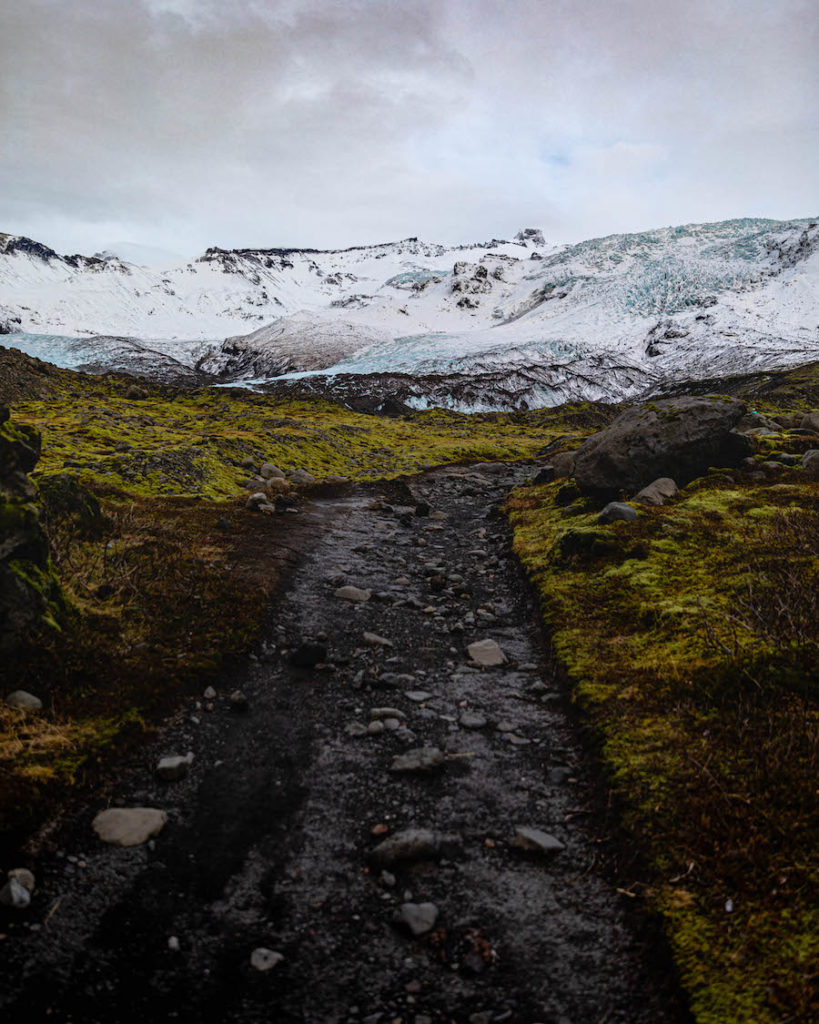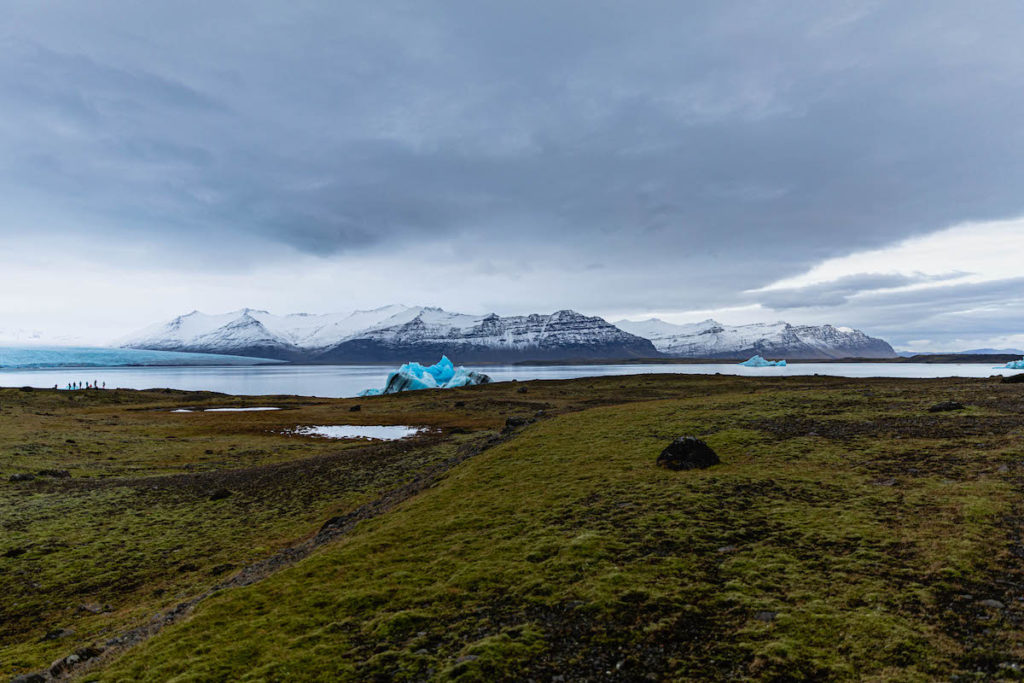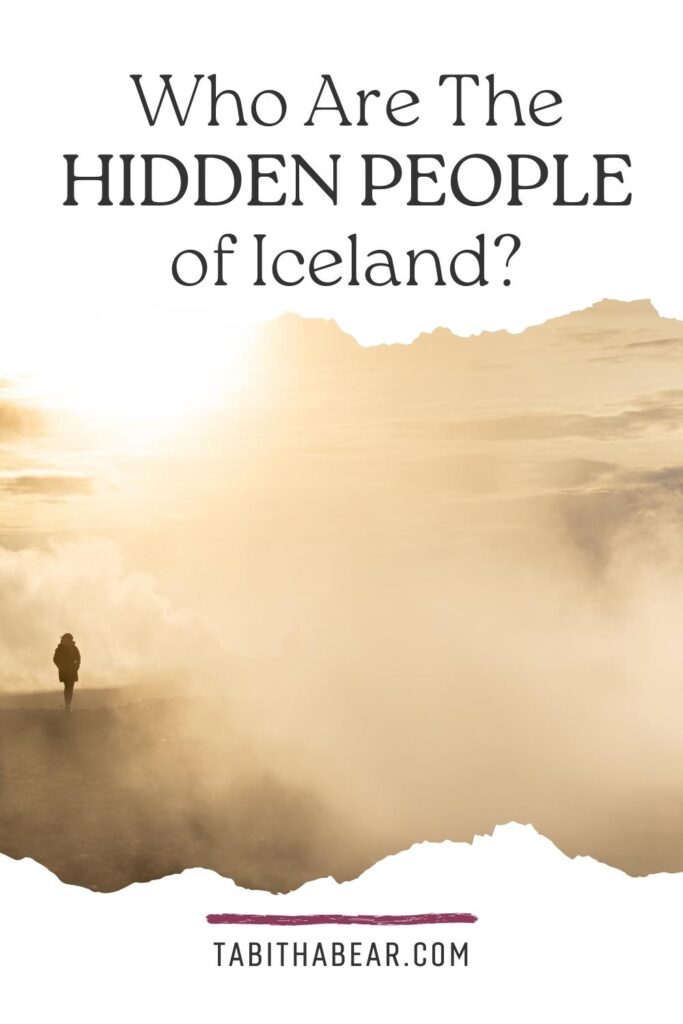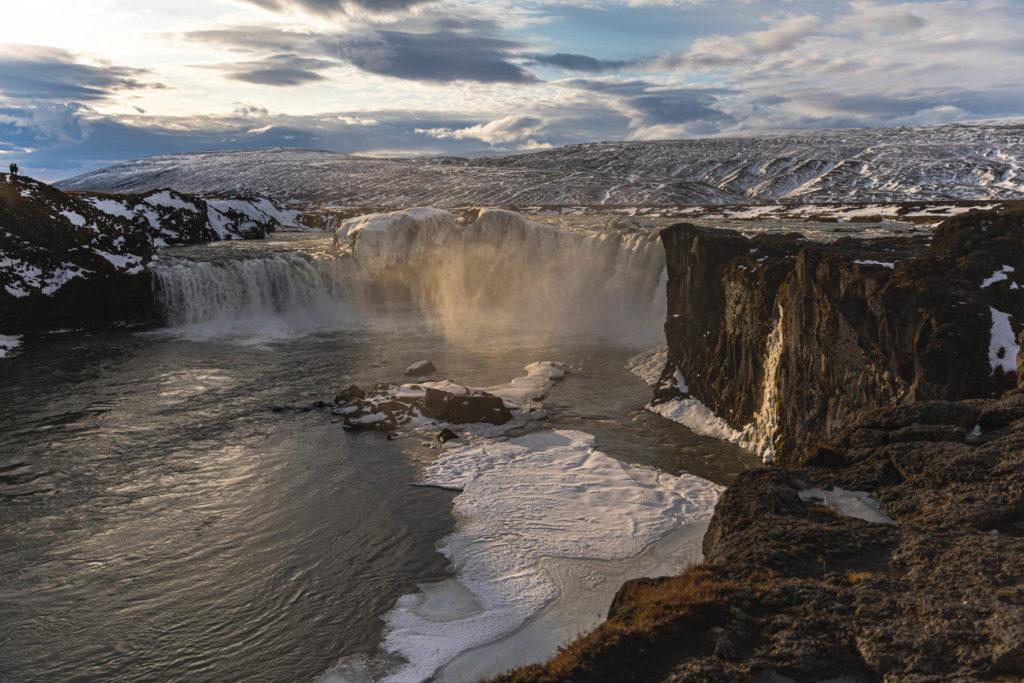
Faeries are associated with wild untamed nature, with art, and with death – so the folklore is rich with different stories to explore.
Holly Black
Whether you’ve heard of the Hidden People or not, these origin tales will round out your experience with Iceland. You’ll check over your shoulder or look closely at the rocks hoping to catch them revealing themselves.
And if you get the chance to talk with one of them, let me know if any of these stories are true!
Who Are They?
While the assumed translation of Huldufólk is Elves, it’s really ‘Hidden People’ and encompasses all of the beloved and potentially non-mythical beings. I.e. elves, trolls, mermaids/men, fairies, pixies… the list can definitely go on – but I’m sure you get the picture.
They are invisible (hence, “hidden people”), but can make themselves visible at will.

The History
Their history is pretty fascinating. Specifically because the beginning of their mythos has foundation in Christianity. Christianity came to Iceland around the 11th century. There is a script, the Prose Edda, written around 1200 – 1220. (While doing my research, I found a few different years for its publication that spanned throughout this 20 year period.) It’s written by Snorri Sturlson. The copy on the internet, and I believe the print version, are both translated into English by Arthur Gilchrist Brodeur in 1916.
Free Online Version.
Kindle Version.
Paperback Version.
There are some variations as to where the Hidden People originated from, so I’ll just list them all:
1 – The Hidden People were the children of Adam and Eve. God came to visit Eve, and she hid her unwashed children from him in shame. God was pissed about this, and made the children invisible.
2 – In Jewish mythology, they were the children of Lilith and Adam. If you’re unfamiliar of Lilith, just a quick summary, she was thought to be the wife of Adam. And instead of made from his rib – like Eve was – Lilith was created from the same clay.
She is also seen as a sexually charged demon who steals children.
3 – They’re thought to be fallen archangels fated to live between Heaven and Hell.

The Present
Less than 10% of Icelanders truly believe in Hidden People, but about half won’t deny their existence. Some hype has been built up around Icelanders belief in the Hidden People existing when stories/articles spread about construction delays and/or unforeseen reroutes due to unexplainable equipment malfunctions, or coming across an Elfish community and having to go around.
(Elves live in the rocks. And sometimes, this is mildly morbid to me. Some of the rocks, usually larger formations, are thought to be petrified trolls having stayed out when the sun rose… so are Elves living in small troll corpses?)
As a tourist, you’ll find the Icelanders will definitely help egg on a conversation about the Hidden People. Some will share personal experiences, or something their grandfather once told them when they were little. Sometimes, I think Icelanders are the real trolls… ba dum pst.
There are plenty of myths, legends, and fun folklore around Iceland. As soon as you experience the landscape for yourself – if you haven’t yet – you can completely understand why.

The Traveling Tales
My most recent time in Iceland I gave myself two goals. To chase the Northern Lights and chase some fairy tales.
The book I used was “A Traveller’s Guide to Icelandic Folk Tales” by Jón R. Hjálmarsson.
I happened to buy the print version in Iceland a few years ago for something to read, so the only print versions I was able to find were through amazon and they were used copies through third party sellers (not that there’s anything wrong with used books… but I know sometimes people would prefer new) and sometimes they’re out of stock. But they do have a Kindle version.
This book was a neat way to experience Iceland and led me to less trafficked destinations on my road trip, which can be nice for anyone looking for a little spot that has no congestion.
Did you know about the hidden people of iceland?
Find more folklore on the blog (<- link)!


Never Miss An Adventure.
